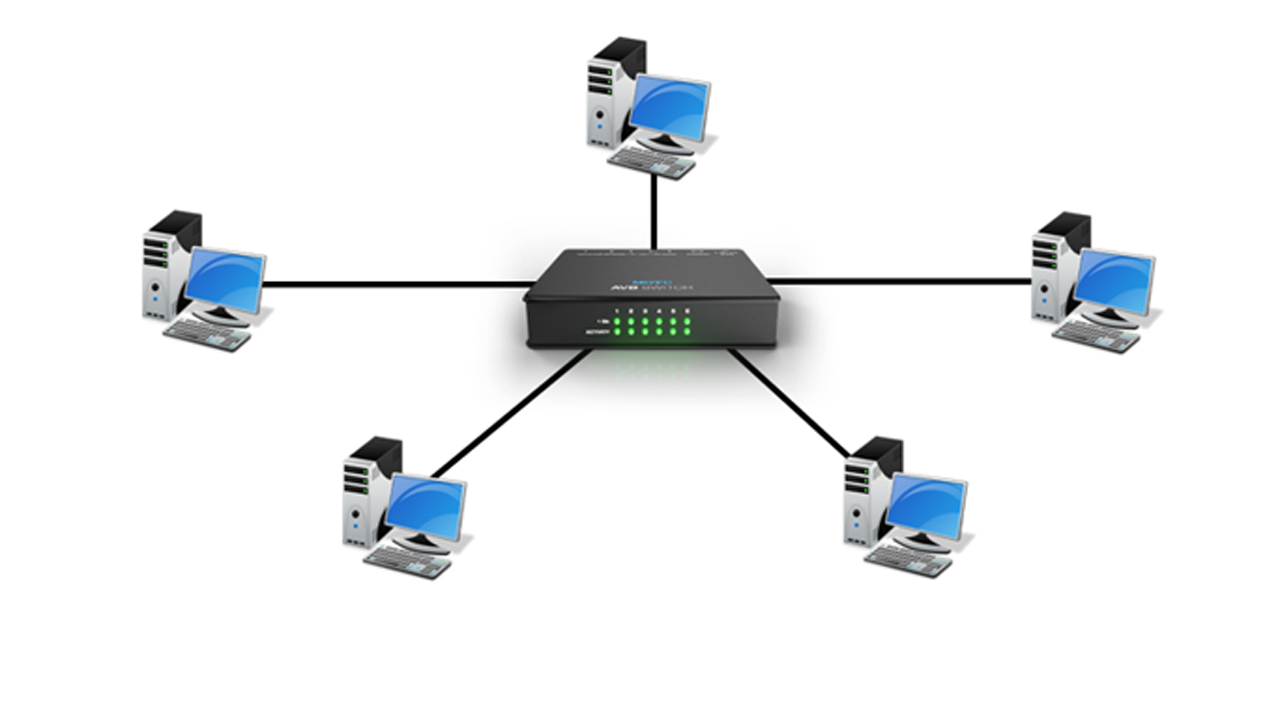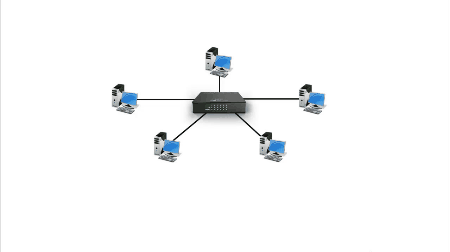What is Switch in Networking
The switch is a networking device works under Data Link Layer of OSI Model, It transfer data in the form of frames and use for multi-casting. Switch in networking is having an intelligence technology which can filter data packets and like this data can be sent to a particular user and it prevents from creating lots of traffic and wastage of bandwidth. In a network, the switch can perform error checking before forwarding the data and like this, it does not forward frames which are having an error. The switch is also having a technology to store MAC address of a device.

Features and function of Switch in networking
When a switch receives data from one of the connected devices, it forwards the data only to the user the sender has sent. The switch uses the Media Access Control (MAC) address of the device to determine the correct port.
How Switch works in networking
Consider, PC 1 want to send data to PC 2. When PC 1 passes the data, the switch receives it. Switch then checks the MAC address of the destination system. It then transfers data to PC 2 only, instead of broadcasting to all the devices. The cost of the switch depends on the ports. As the number of ports increases cost increase. Switch in a computer network is available in 8, 16, 24 and 48 ports.

Advantages of Switch in Networking
- Hence, it is a multicast device. A user can directly to send the data to the user he/she wants.
- The Switch stores the MAC address of a connected device.
- It has more ports compared to Hub.
- The switch in networking performs error checking before forwarding the data and like this, it does not forward frames with an error.
Difference between Switch and Router in Tabular Form
Difference between Switch and Router in tabular form | Switch vs Router


